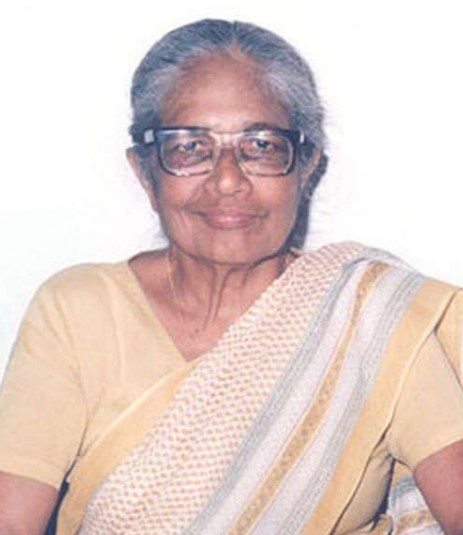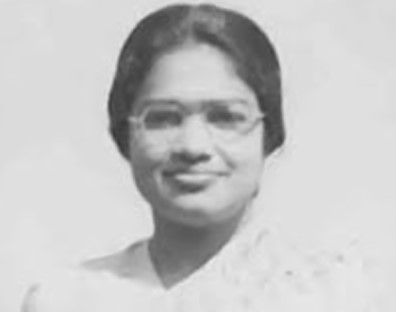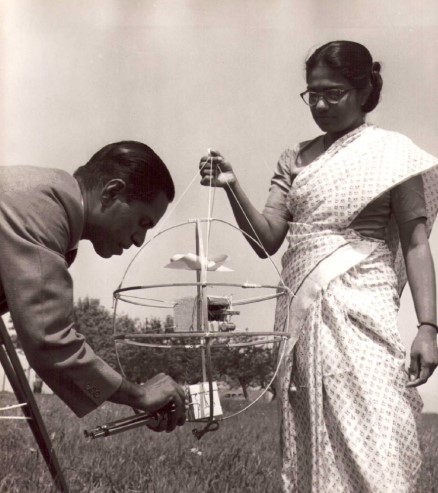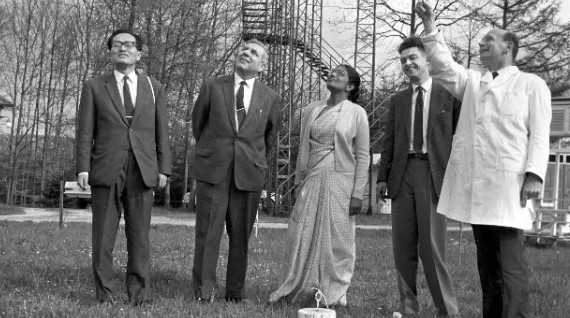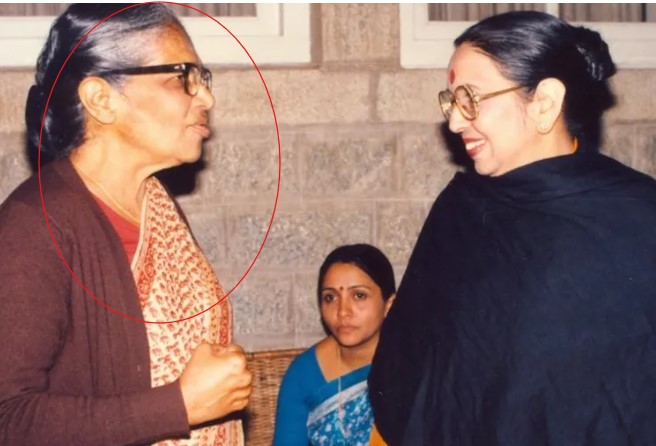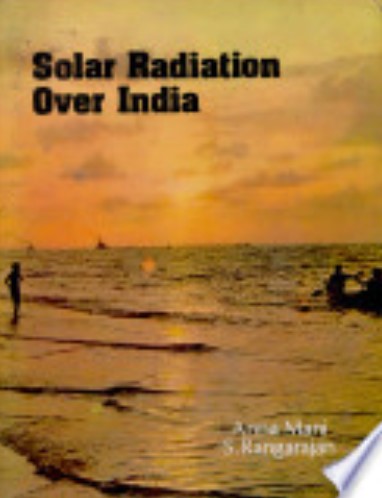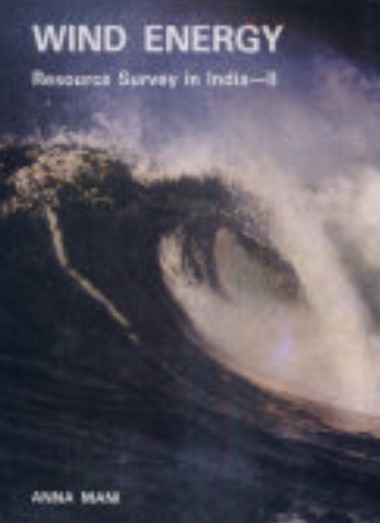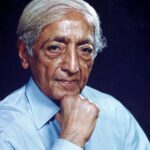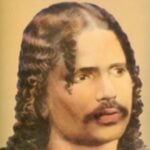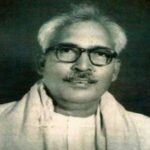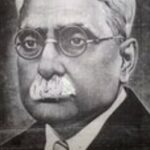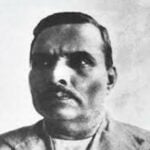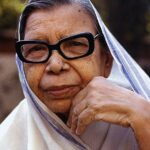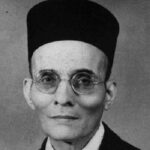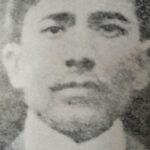Anna Mani Age, Death, Family, Biography
Quick Info→
Death Date: 16/08/2001
Death Cause: Heart Attack
Age: 82 Years
| Bio/Wiki | |
|---|---|
| Full Name | Anna Modayil Mani |
| Profession(s) | • Physicist • Meteorologist |
| Known for | Being the Weather Woman of India |
| Physical Stats & More | |
| Eye Colour | Black |
| Hair Colour | Salt and Pepper |
| Career | |
| Field of study | • Meteorology • Physics |
| Institutions | • Indian Meteorological Department, Pune • Raman Research Institute, Bangalore |
| Award | The INSA K. R. Ramanathan Medal (1987) |
| Personal Life | |
| Date of Birth | 23 August 1918 (Friday) |
| Birthplace | Peermade, Travancore (now Kerala, India) |
| Date of Death | 16 August 2001 |
| Place of Death | Thiruvananthapuram, Kerala, India |
| Age (at the time of death) | 82 Years |
| Death Cause | Heart attack |
| Zodiac sign | Virgo |
| Nationality | Indian |
| Hometown | Kerala, India |
| College/University | • Presidency College, Chennai • Indian Institute of Science, Bengaluru, Karnataka |
| Educational Qualification(s) | • Bachelor of Science (honors in physics and chemistry) from the Presidency College, Chennai (then Madras) • Post Graduation in physics from Indian Institute of Science, Bangalore |
| Religion | Christianity |
| Relationships & More | |
| Marital Status (at the time of death) | Unmarried |
| Family | |
| Parents | Father- A civil engineer |
| Siblings | She had seven siblings. |
Some Lesser Known Facts About Anna Mani
- Anna Mani was born into a Syrian Christian family in Peermade, Travancore (now Kerala, India).
- Her father, who owned cardamom estates, was an agnostic.
- By the age of eight, Anna Mani had read almost all the Malayalam books from a local public library.
- On her eighth birthday, she chose a set of the Encyclopaedia Britannica as a gift instead of the traditional diamond earrings.
- Anna Mani admired Mahatma Gandhi and supported Gandhi’s Swadeshi Movement. Right from the beginning of the movement, she began wearing only Khadi clothes.
- Anna came from a wealthy family. As a teenager, she decided to pursue education instead of marriage, unlike her sisters.
- Her brothers were qualified for high-level government jobs.
- Her dream was to study medicine; however, she pursued physics as she was good at it.
- She never married and was happy with that decision.
- In 1940, after completing her graduation, she taught at Women’s Christian College, Chennai, for a year.
- After that, she got a scholarship for post-graduate studies at the Indian Institute of Science, Bangalore, where she joined Nobel Prize winner C. V. Raman’s laboratory.
- There, she studied the spectroscopy of diamonds and rubies. She wrote and analyzed the fluorescence, absorption, and Raman spectra of 32 diamonds.
- Anna studied how temperature and polarization affected the spectra of diamonds and rubies.
- Her experiments were long and difficult such as holding crystals at very low temperatures and recording weak luminescence over 15 to 20 hours.
- C. V. Raman, who admitted few women to his lab, maintained a strict separation of sexes. He placed several restrictions on female researchers.
- Mani and another female student often worked alone. They were isolated from their peers and often missed discussions and debates on scientific ideas.
- Mani faced discrimination from some male colleagues, who would see even minor mistakes as signs of ‘female incompetence.’
- At the Indian Institute of Science, Bangalore, she became close to Mrs C. V. Raman, who treated her like a daughter.
- From 1942 to 1945, she published five single-authored papers on the luminescence of diamonds and rubies.
- In August 1945, Anna wrote a PhD dissertation at the University of Madras but she was declined admission because she did not have a master’s degree.
- She continued her research with a government scholarship in England.
- At Imperial College London, she was introduced to meteorology and weather instruments.
- Before India became independent in 1947, it relied on other countries for simple scientific instruments. When Anna Mani returned to India in 1948, she joined the Indian Meteorological Department (IMD) and worked in the instruments department.
- She collaborated with politician S. P. Venkateswaran, who aimed to make India self-reliant in science.
- Mani helped manufacture and set up various weather instruments for India. She then led a team of 121 men. Her team standardized the designs for nearly 100 different weather instruments and started their production.
- Mani also explored new fields in India such as solar energy and wind power. Her team set up monitoring stations across India to utilize solar radiation and measure wind patterns. To promote self-reliance, they designed and developed various radiation instruments.
- In the early 1960s, Mani was part of the International Indian Ocean Expedition. Still, she could not go on the ships to collect data because women were not allowed on Indian Navy ships.
- Anna Mani played a key role in making it easier for scientists to monitor the ozone layer. In 1964, she created the first Indian-made ozonesonde, a balloon-borne instrument that measures ozone up to 35 km above the ground.
- Anna then published many papers on topics such as atmospheric ozone, the need for international comparisons of instruments, and the standardization of meteorological tools in India.
- She retired as the deputy director general of the Indian Meteorological Department in 1976.
- After retirement, she returned to the Raman Research Institute as a visiting professor for three years.
- By the 1980s, Mani’s ozonesonde was regularly used on Indian travels to Antarctica.
- When physicist Joseph Farman discovered a large hole in the ozone layer over the South Pole in 1985, Indian scientists could confirm his findings using data from Mani’s ozonesonde.
- Her work led to her becoming a member of the International Ozone Commission.
- The instruments and research by Mani and her team improved India’s weather prediction and expanded its meteorological capabilities.
- In the 1980s and 90s, she set up around 150 sites to survey wind energy. She travelled to remote areas with her team to install wind measurement stations.
- Apart from being a physicist, she was also an author who wrote the books “The Handbook for Solar Radiation Data for India” (1980) and “Solar Radiation over India” (1981).
- Mani expressed in a 1991 interview that she did not consider herself a victim of patriarchal mindsets. She believed that her gender did not hinder her professional goals. She stated that she did not feel punished or honoured for being female.
- Later, Anna distanced herself from the environmental movement.
- In 1992, she released a book titled Wind Energy Resource Survey in India.
- Mani was associated with several organizations, including the International Solar Energy Society, the Indian National Science Academy, and the American Meteorological Society.
- The World Meteorological Organization honoured her on her 100th birth anniversary by publishing her life story and an interview.
- On 23 August 2022, Google paid tribute to Anna Mani on her 104th birth anniversary with a Google Doodle.

